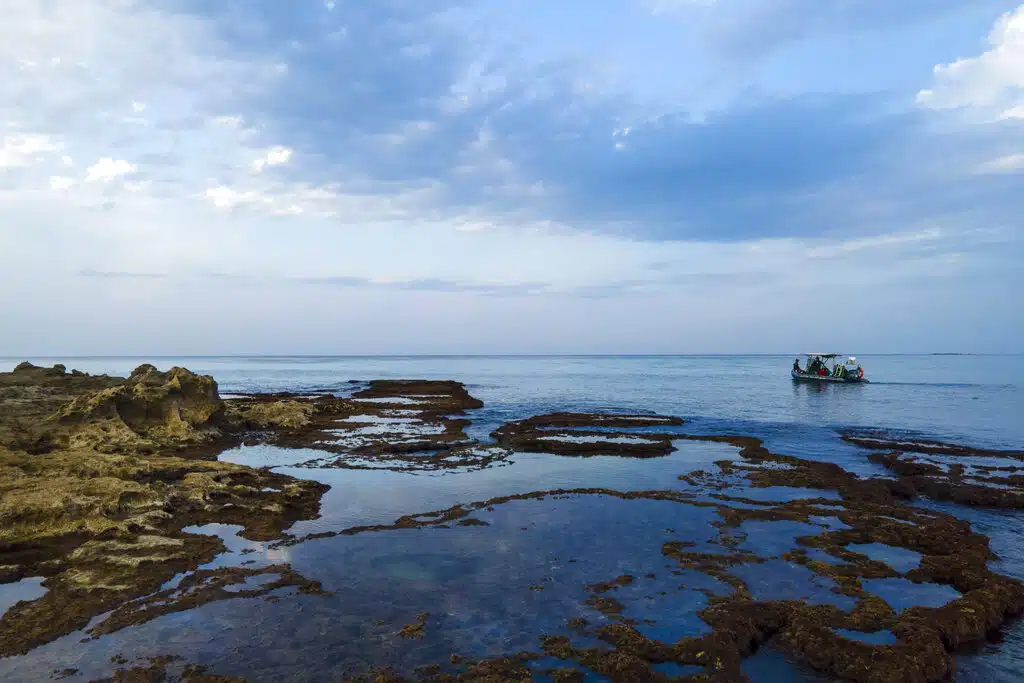Scientists around the world have warned governments who will be meeting in Montreal this week for the United Nations biodiversity summit not to repeat past mistakes.
In a study published in the One Earth Journal, they have also urged officials to “avoid trade-offs” between people and conservation needs.
The report found that even though there has been an increase in investment in conservation over the last three decades governments “have not succeeded in bending the curve on biodiversity decline.”
Known as COP15, the conference which begins Tuesday hopes to among other things, set the goals for the world for the next decade to help conserve the planet’s biodiversity and stem the loss of nature. So far the world has failed to meet goals set at previous meetings.
The scientists proposed six areas for action for delegates working toward what’s known as the global biodiversity framework. They include greater involvement of local communities and addressing both direct causes of nature decline such as the destruction of land and habitats as well as indirect causes such as climate change.
Read also: AFRI-RES, others train African stakeholders on climate resilience
In the report, scientists severally called for officials to be “nature and people positive” in their approach, highlighting the need for solutions that are realistic and have support from local communities in order to best protect nature.
The scientists said that rather than conserving areas by making them inaccessible to local people, greater inclusion of communities and particularly Indigenous groups will be vital in curbing even more biodiversity loss.
“Reducing greenhouse gas emissions which fuel climate change that leads to the loss of land and species also needs to be addressed, the scientists said.
In his reaction, David Obura, who is one of the report authors said “No amount of conservation or restoration actions may be effective in stopping biodiversity loss if the accelerating drivers of decline continue and intensify, as has been the case to date, especially in wealthier countries and among elites, who often express commitment to conservation action,”.
Story was adapted from AP.
